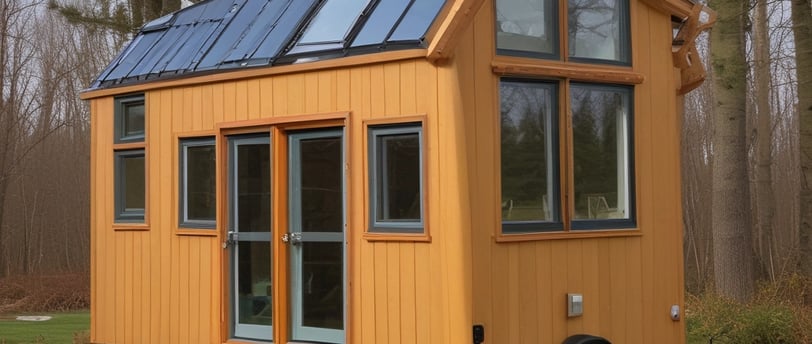Tiny Home Setup and Installation Process
3/28/20252 min read


Introduction to Tiny Homes
The tiny home movement has gained remarkable popularity in recent years, attracting individuals seeking a minimalist lifestyle while maximizing their living spaces. Emphasizing sustainability, affordability, and mobility, tiny homes offer a unique solution for modern living. Understanding the setup and installation processes is crucial for anyone entering this fascinating realm.
Planning Your Tiny Home Setup
Before diving into the installation of your tiny home, a thorough planning phase is necessary. This begins with identifying local regulations regarding tiny home living. Each region comprises distinct zoning laws and building codes that dictate what is permissible. Furthermore, this planning stage should include considerations such as utilities, land purchase or lease, and access to amenities.
Next, you will need to consider the layout and design of your perfect tiny home setup. Depending on your lifestyle, this layout should prioritize functionality while ensuring comfort. Thoughtful design can make a minimal space feel expansive, allowing you to incorporate essential features like storage solutions, kitchen essentials, and ergonomic living spaces.
The Installation Process
Once planning is secured, the tiny home installation process begins. This phase involves several key components:
Foundation: Depending on your chosen model, establishing a solid foundation is the first step. Tiny homes can be built on trailers for mobility or on concrete slabs for stability.
Utility Connections: It’s essential to integrate necessary utility connections into your tiny home setup, including water, electricity, and sewage disposal. Each utility connection requires careful preparation to ensure that all systems function efficiently.
Interior Finishing: This includes installing walls, flooring, cabinetry, and appliances. Choose materials that are durable yet lightweight, optimizing space while enhancing aesthetic appeal.
It is advisable to work with professionals during the installation process to mitigate errors and ensure that your tiny home adheres to all building codes and safety standards. Expert consultation can improve the functionality of your design by introducing innovative features that may not be obvious in initial plans.
Conclusion
Successfully navigating the tiny home setup and installation process requires careful planning, execution, and adherence to local regulations. By focusing on layout planning, foundation building, and utility connections, you can create a comfortable living environment that embodies the spirit of minimalism. As more people embrace tiny home living, understanding these processes will become increasingly valuable, guiding you to a more sustainable future.
Simplicity
Explore the benefits of tiny home living.
Sustainability
Freedom
CraftYourTinyHome • © Copyright 2025 All Rights Reserved
